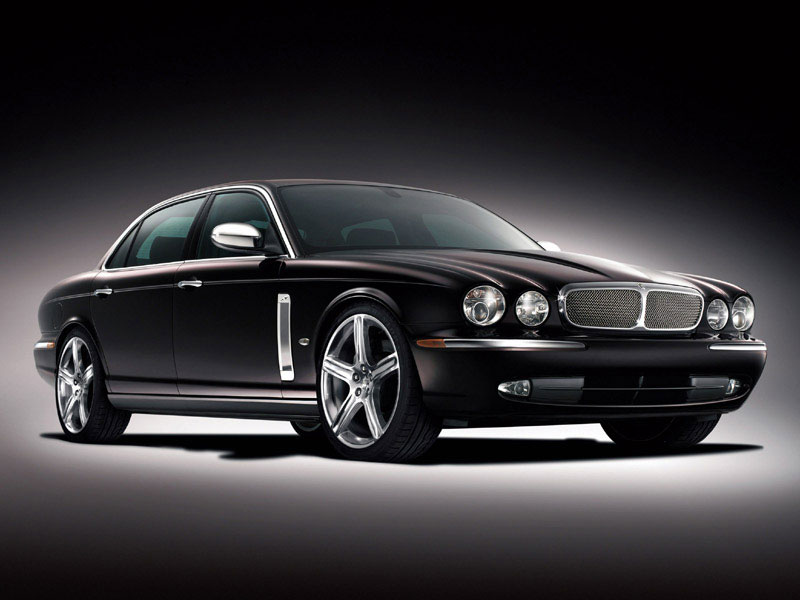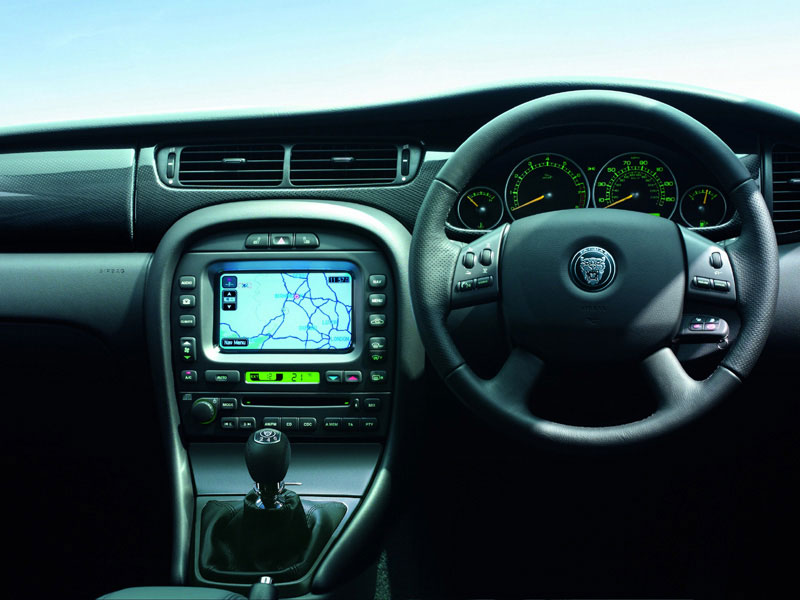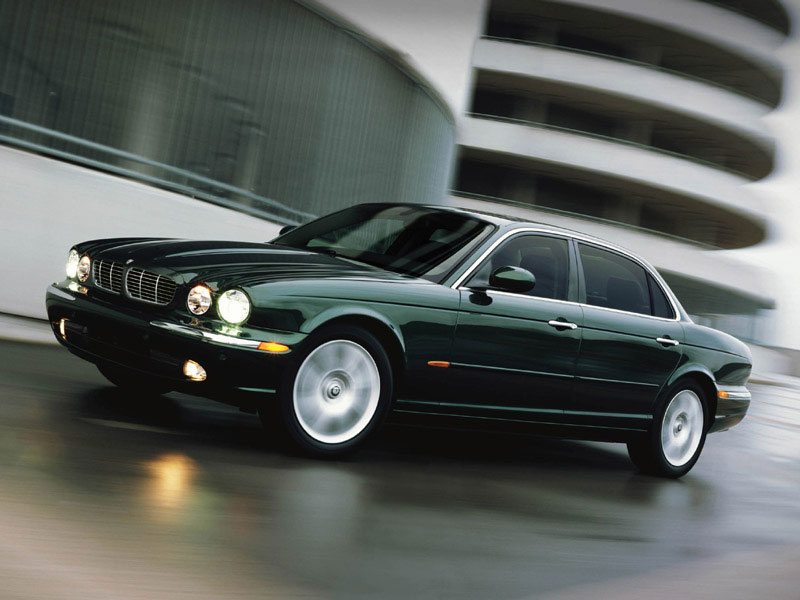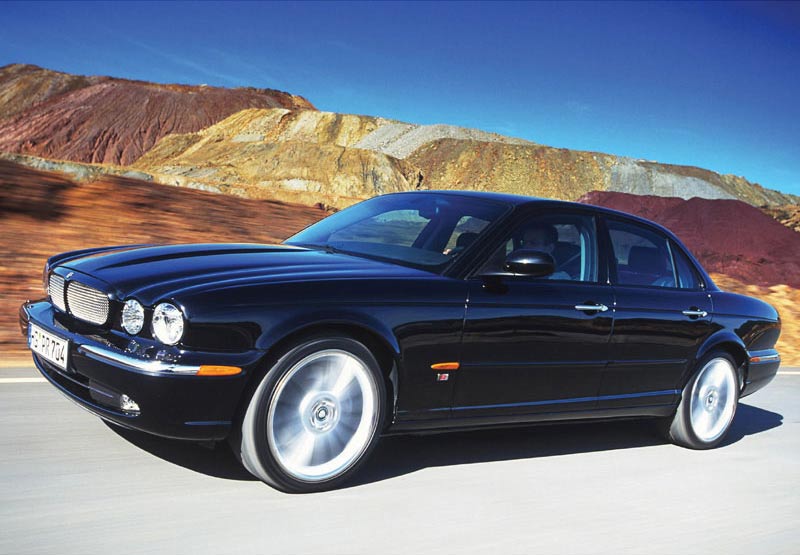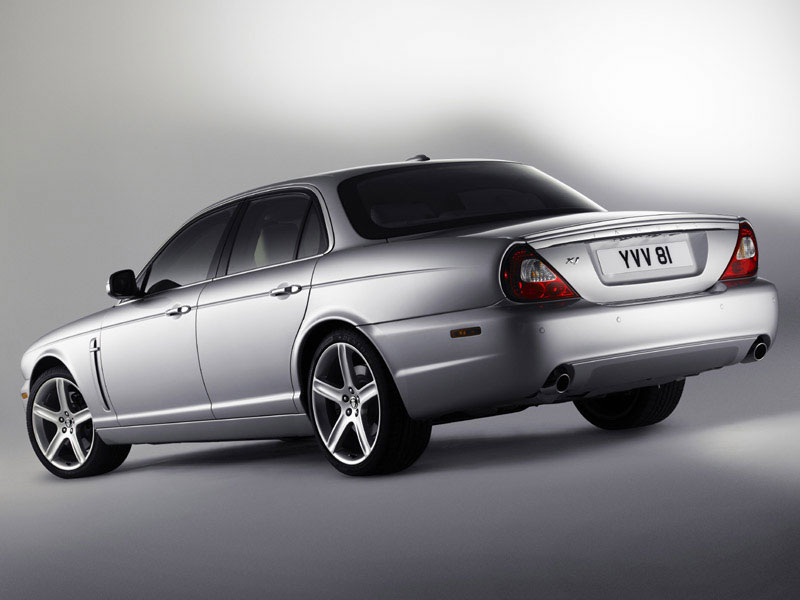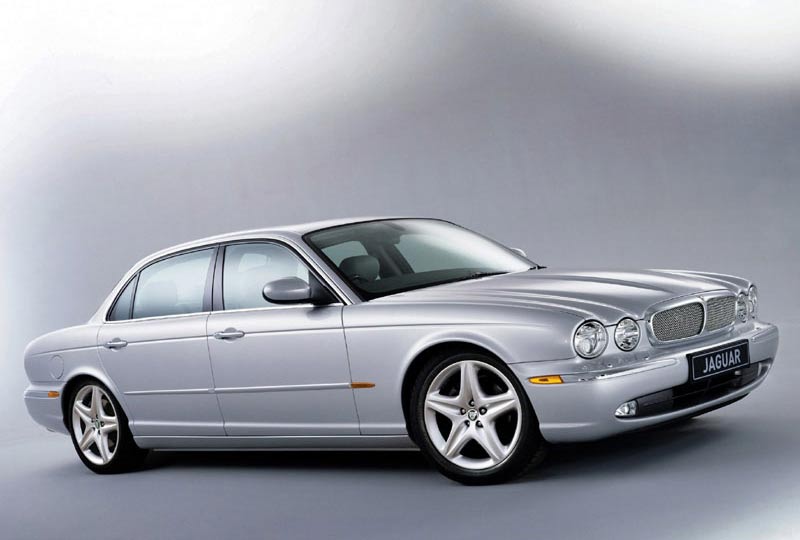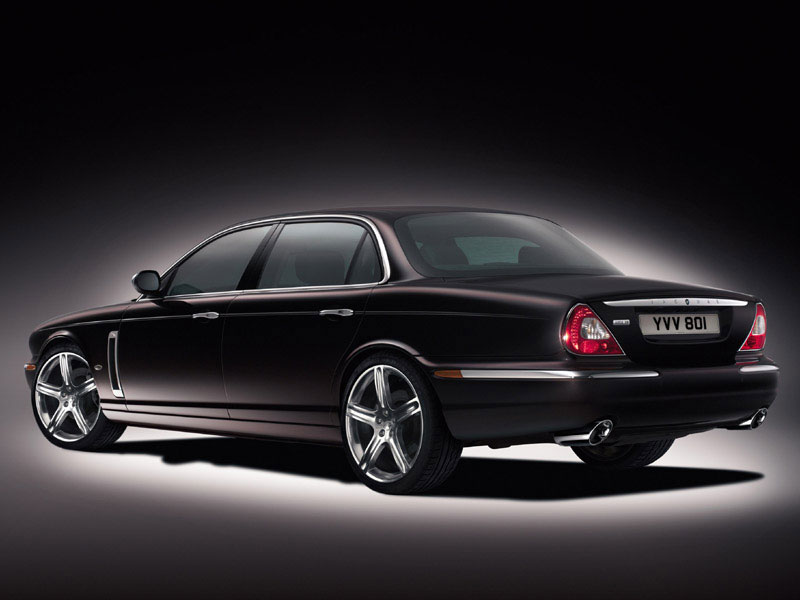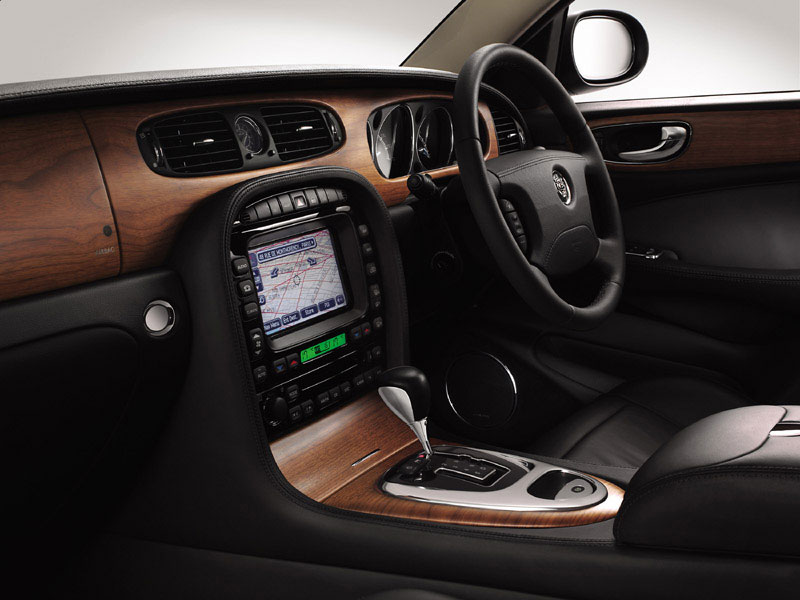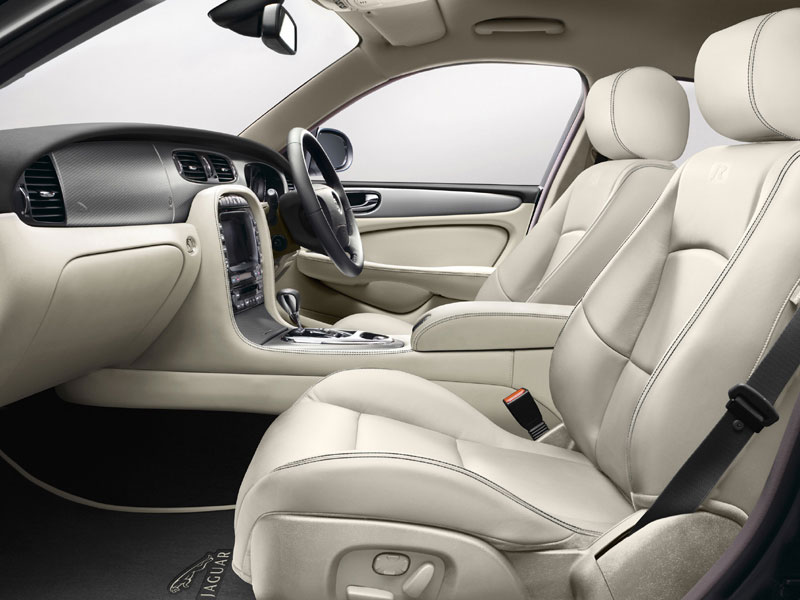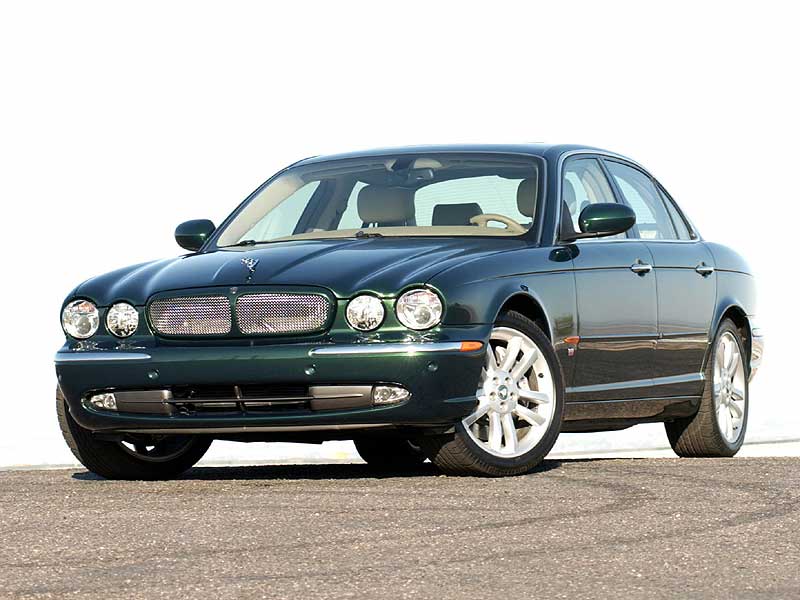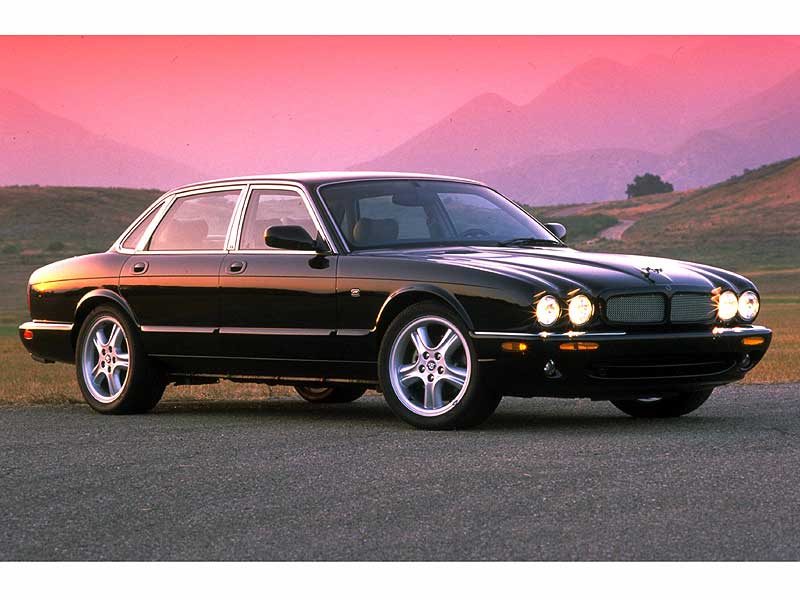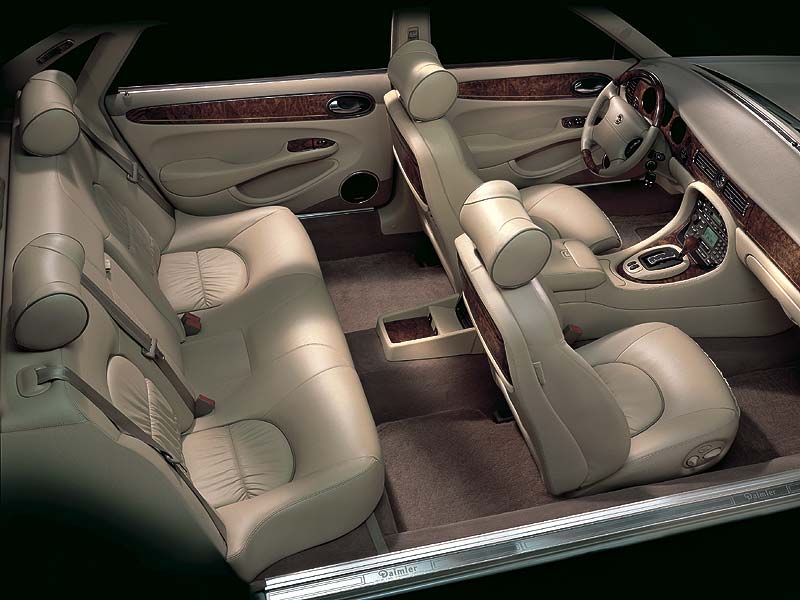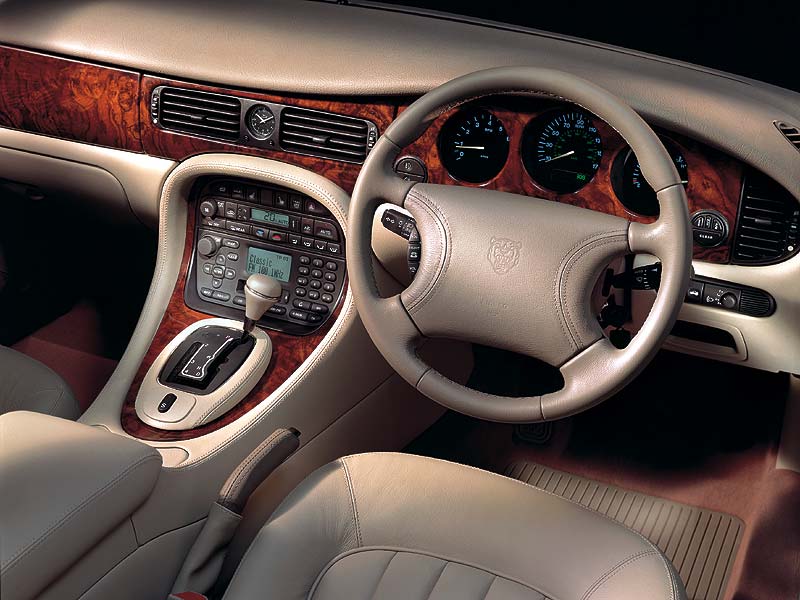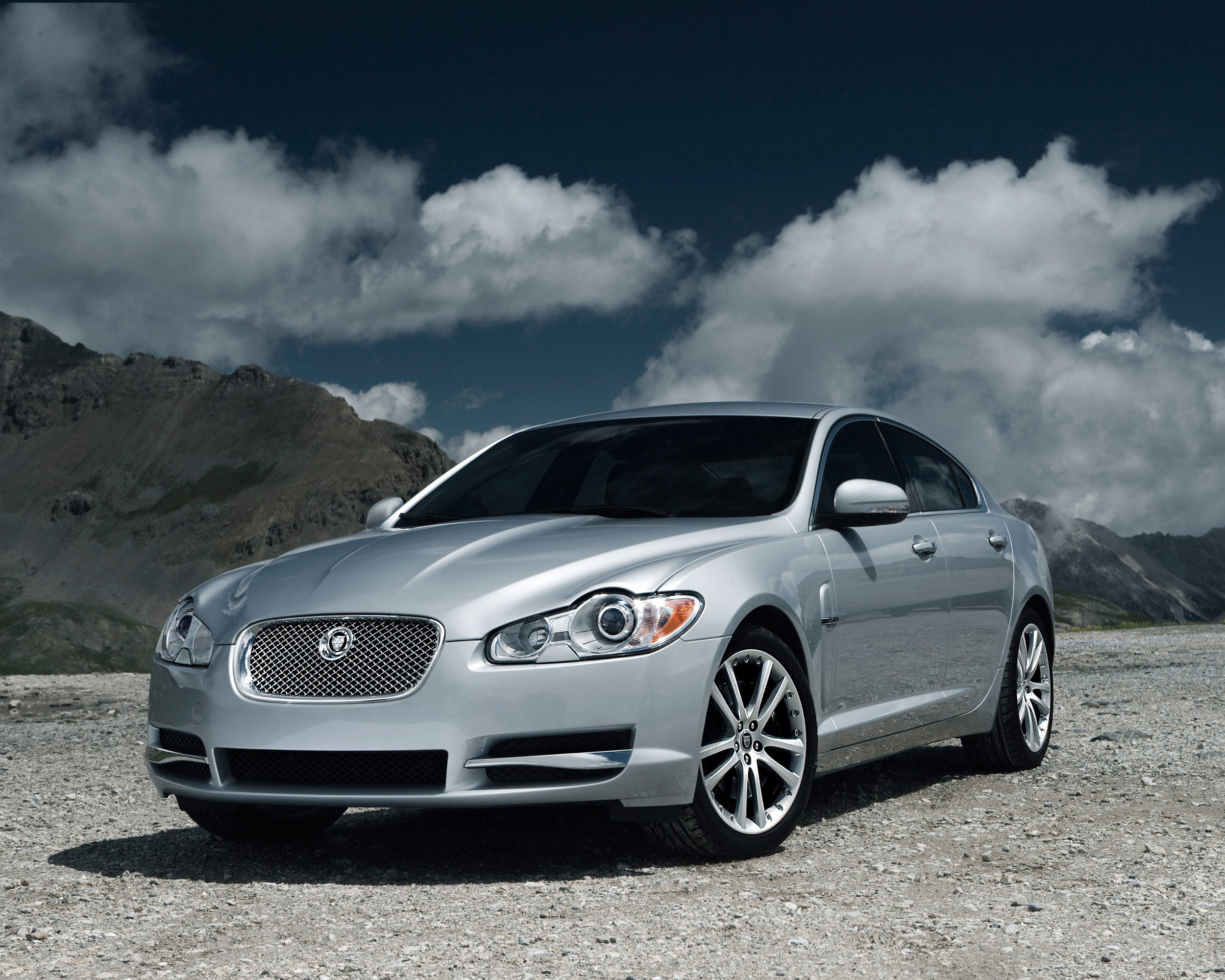
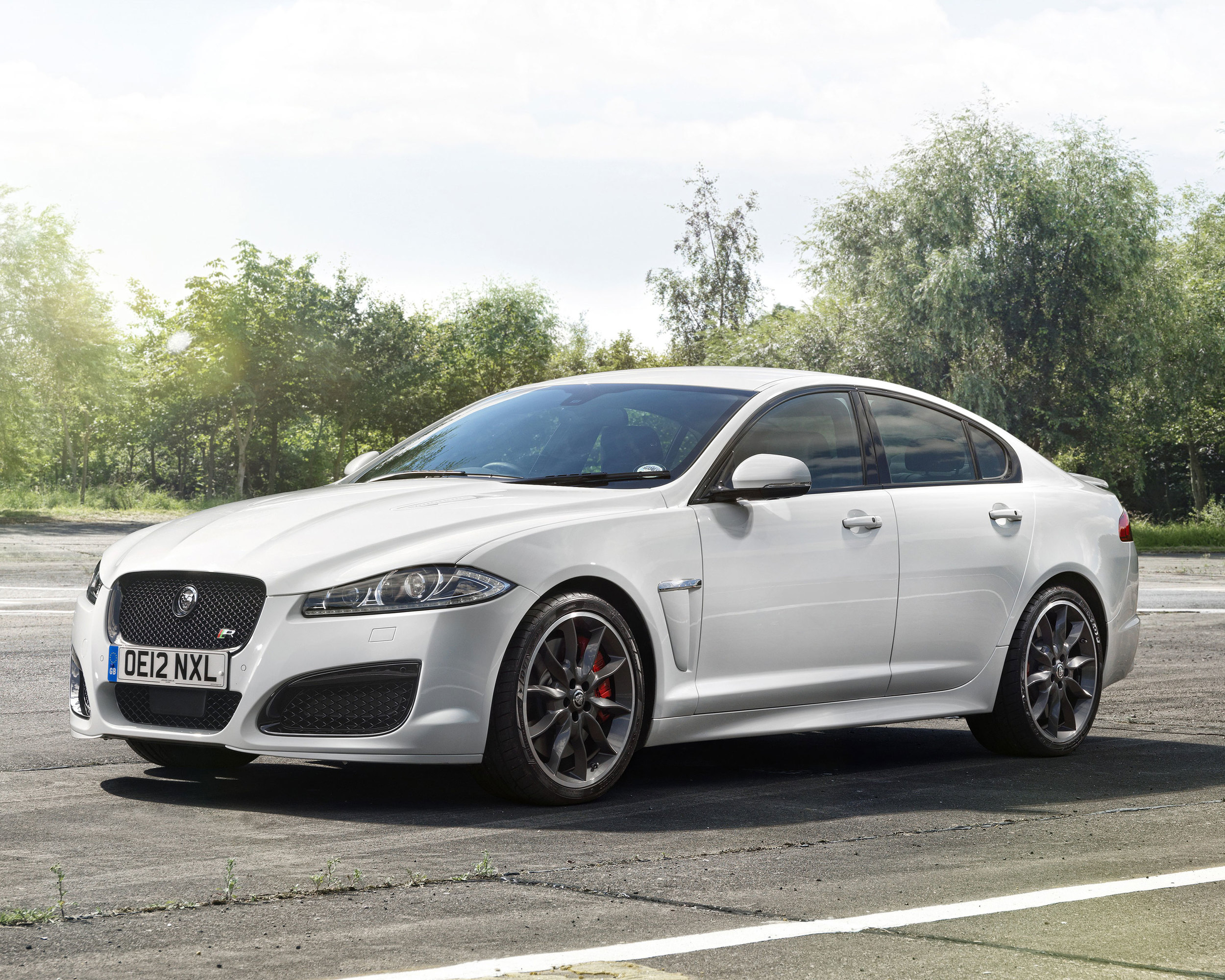
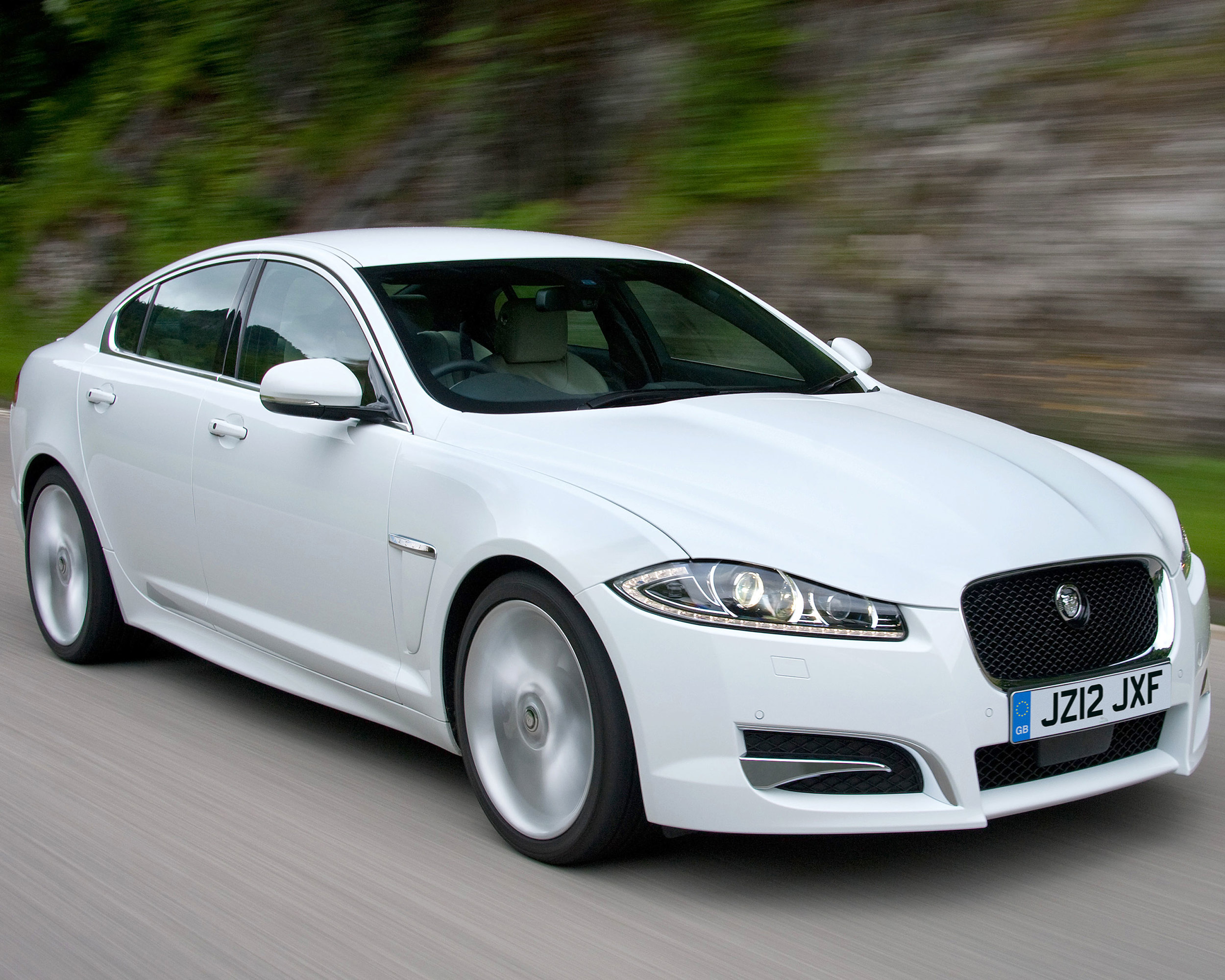
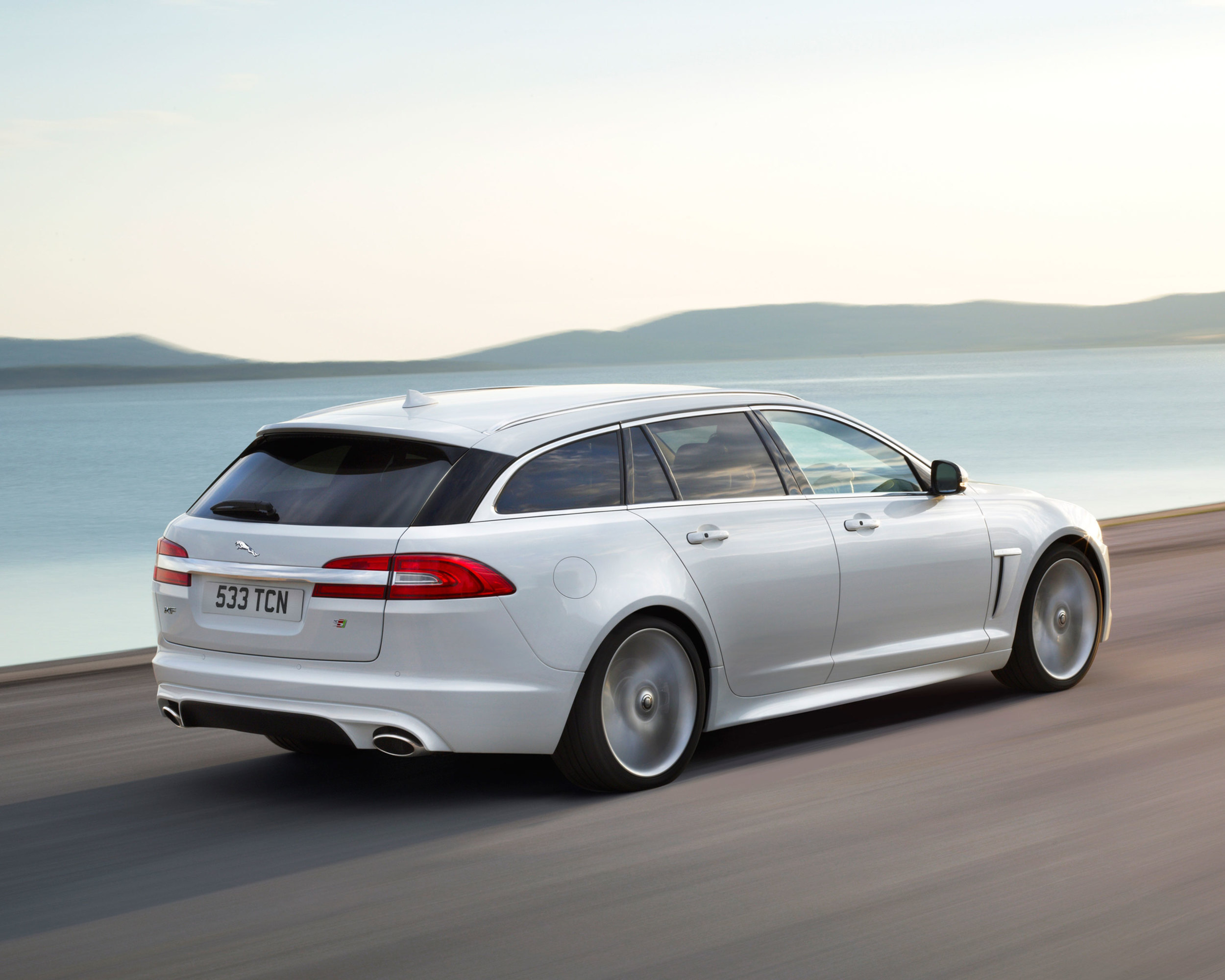
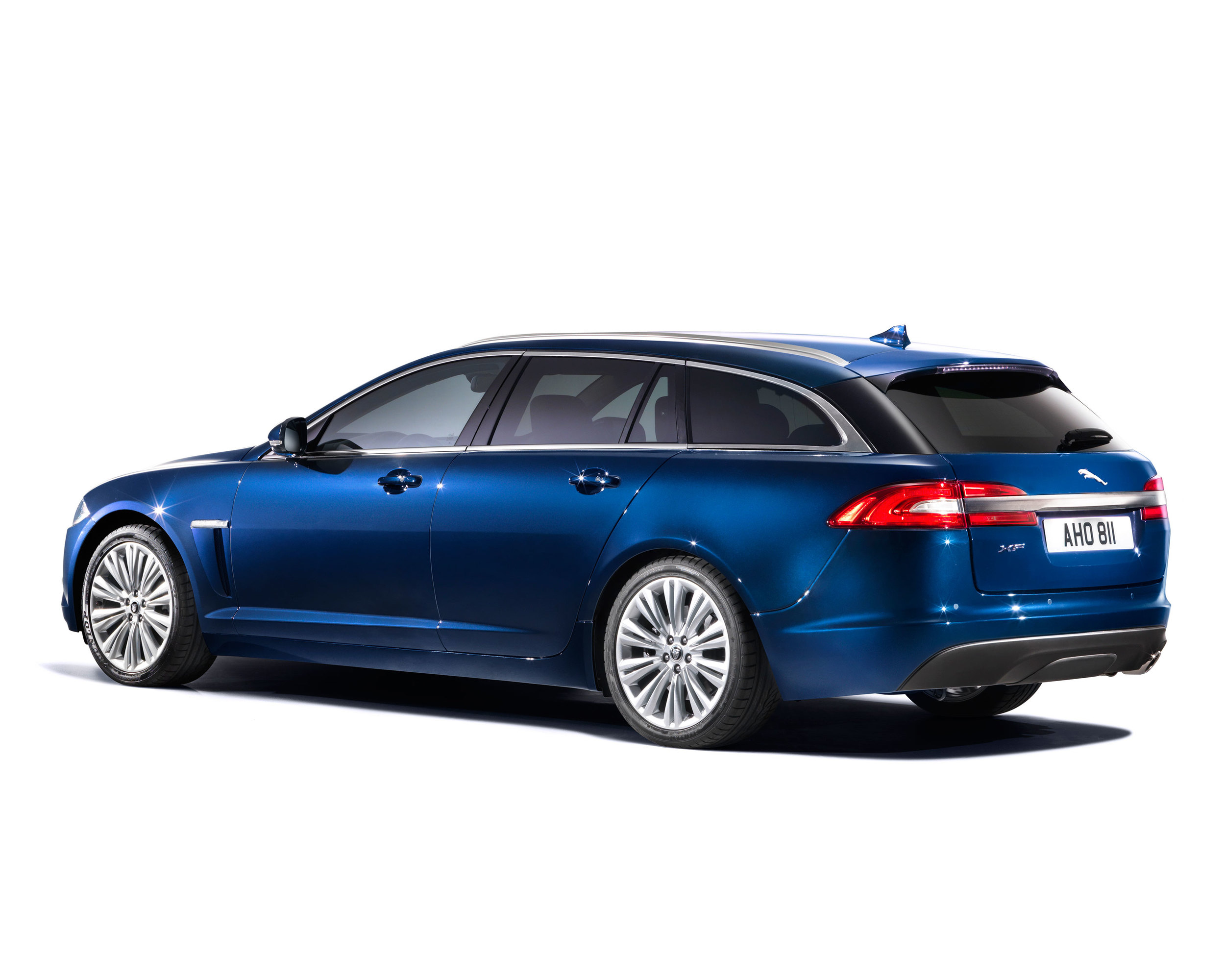
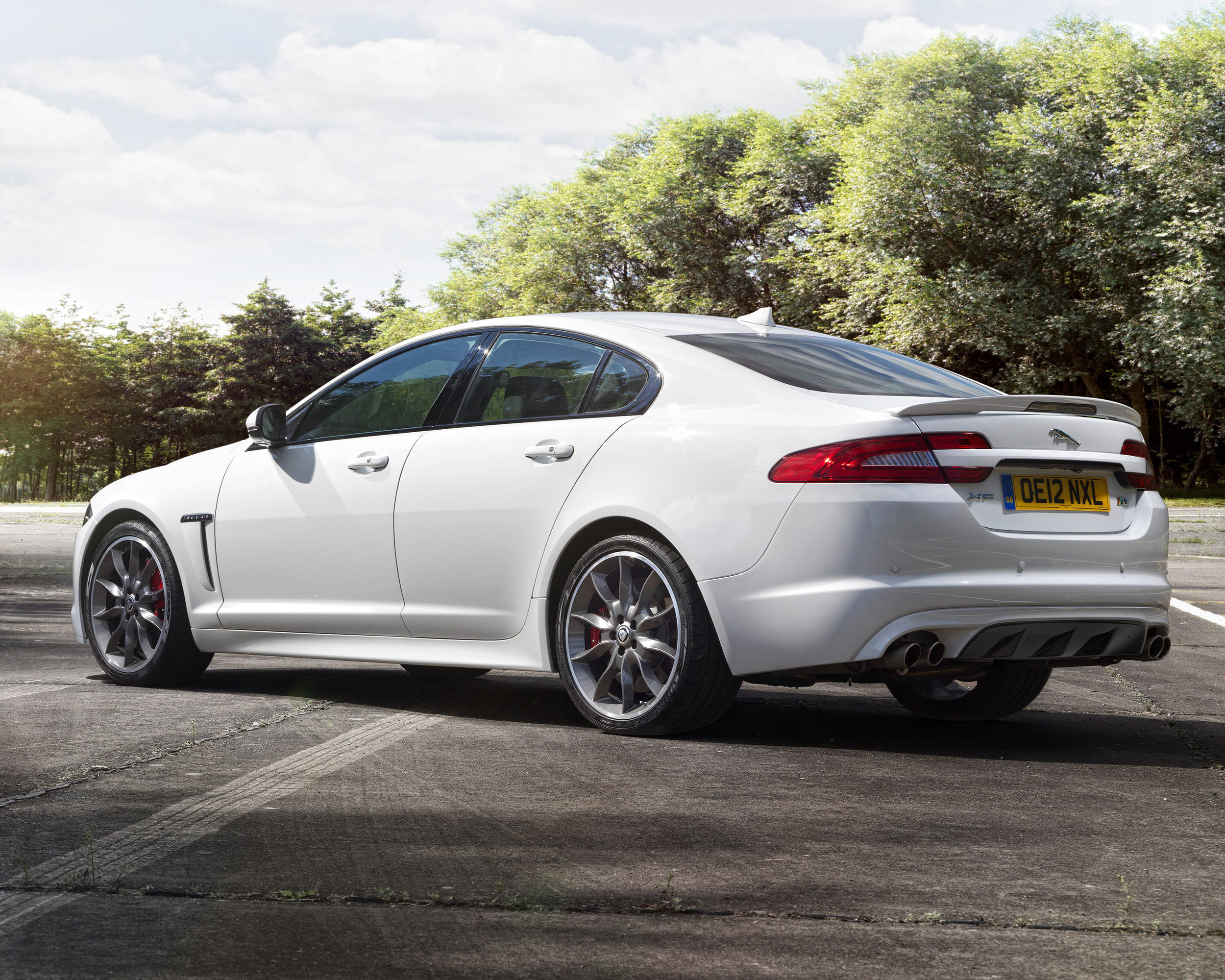
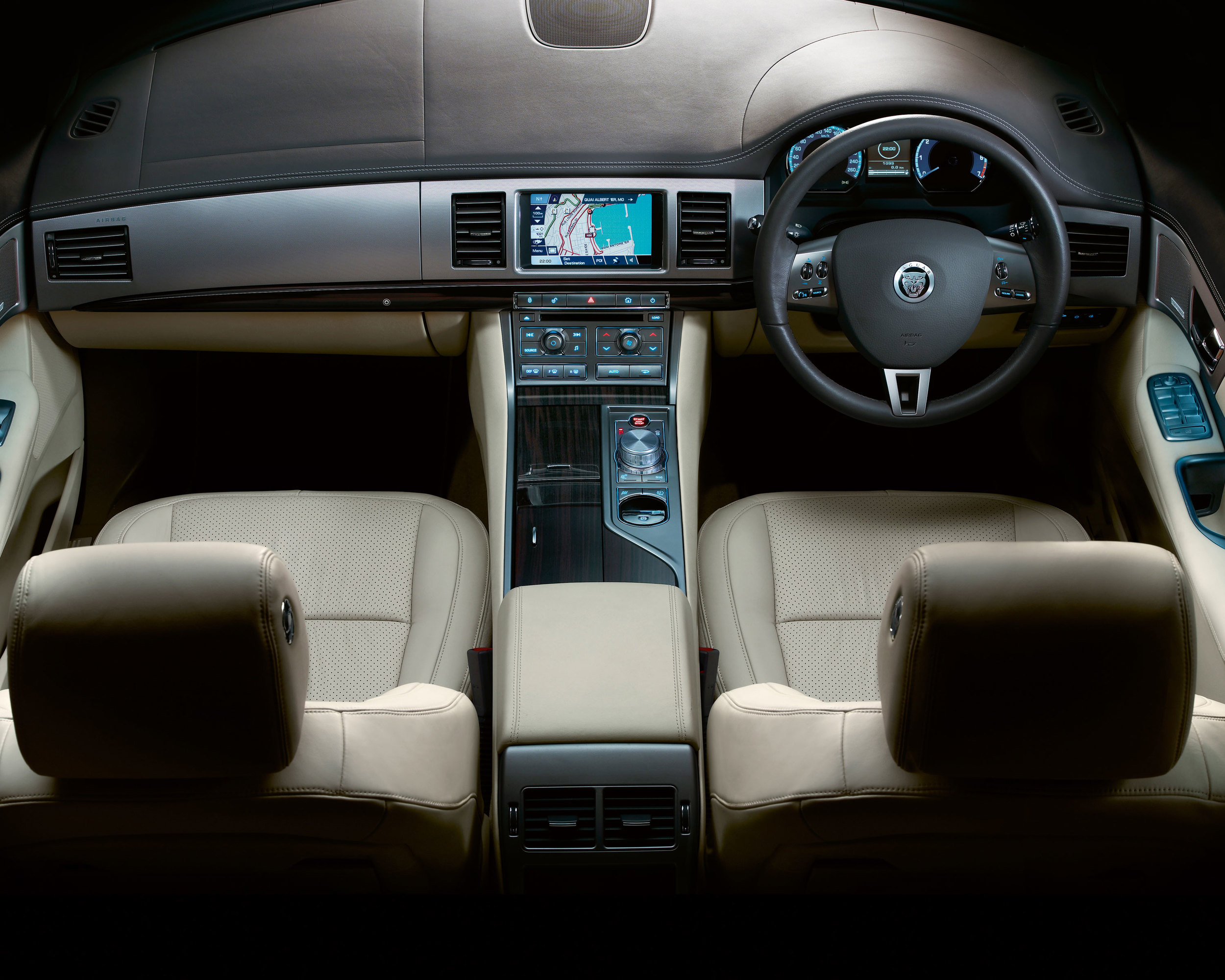
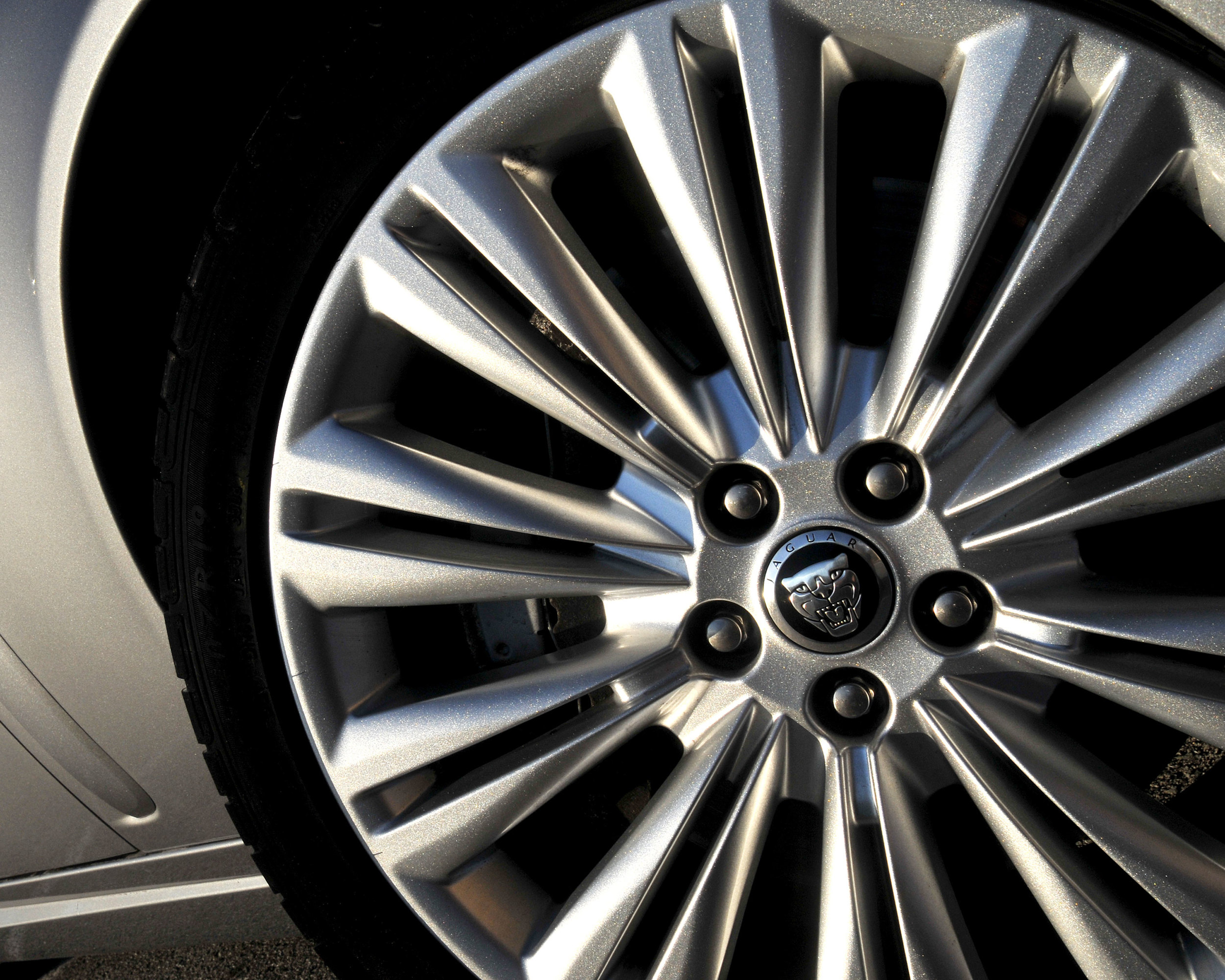

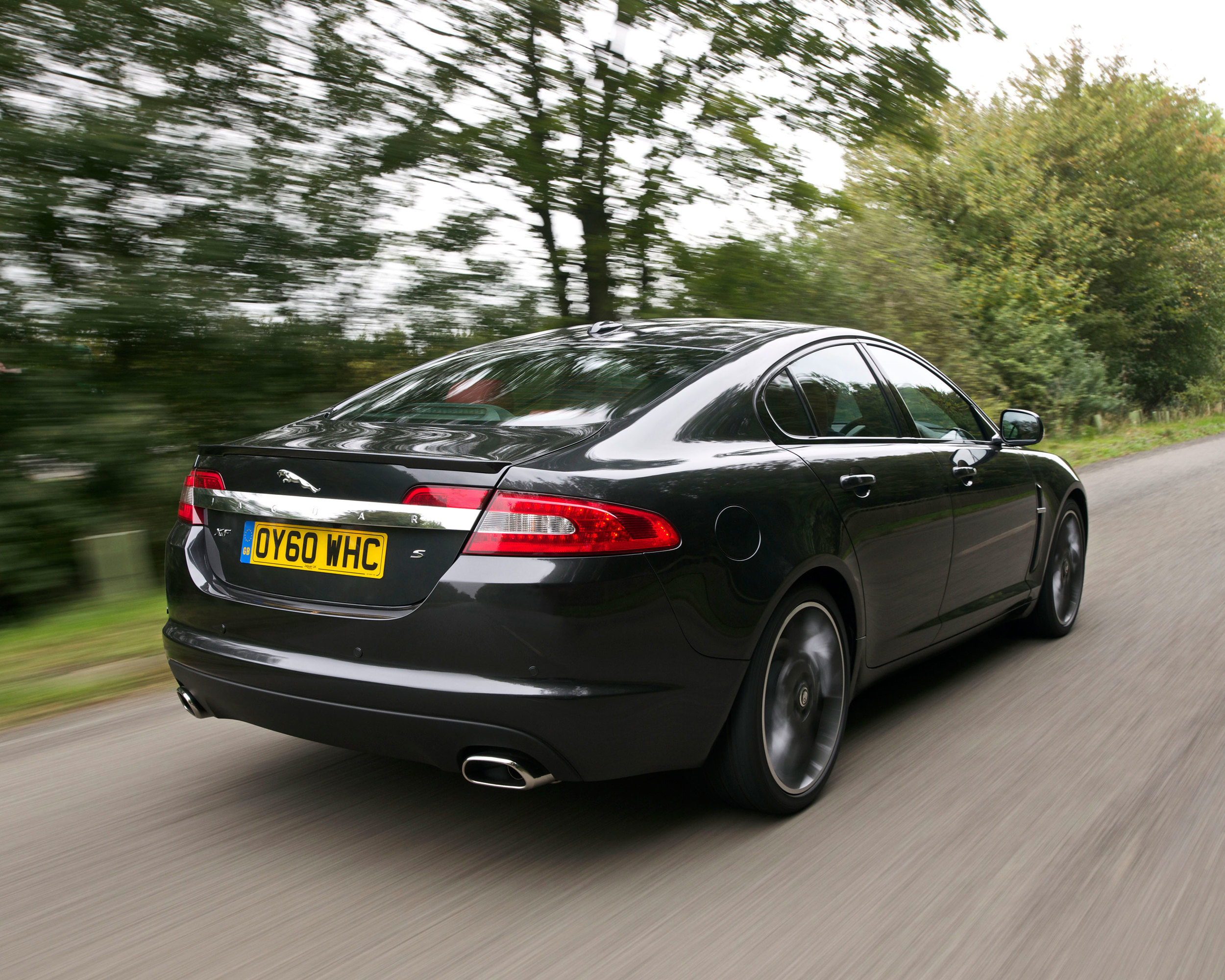

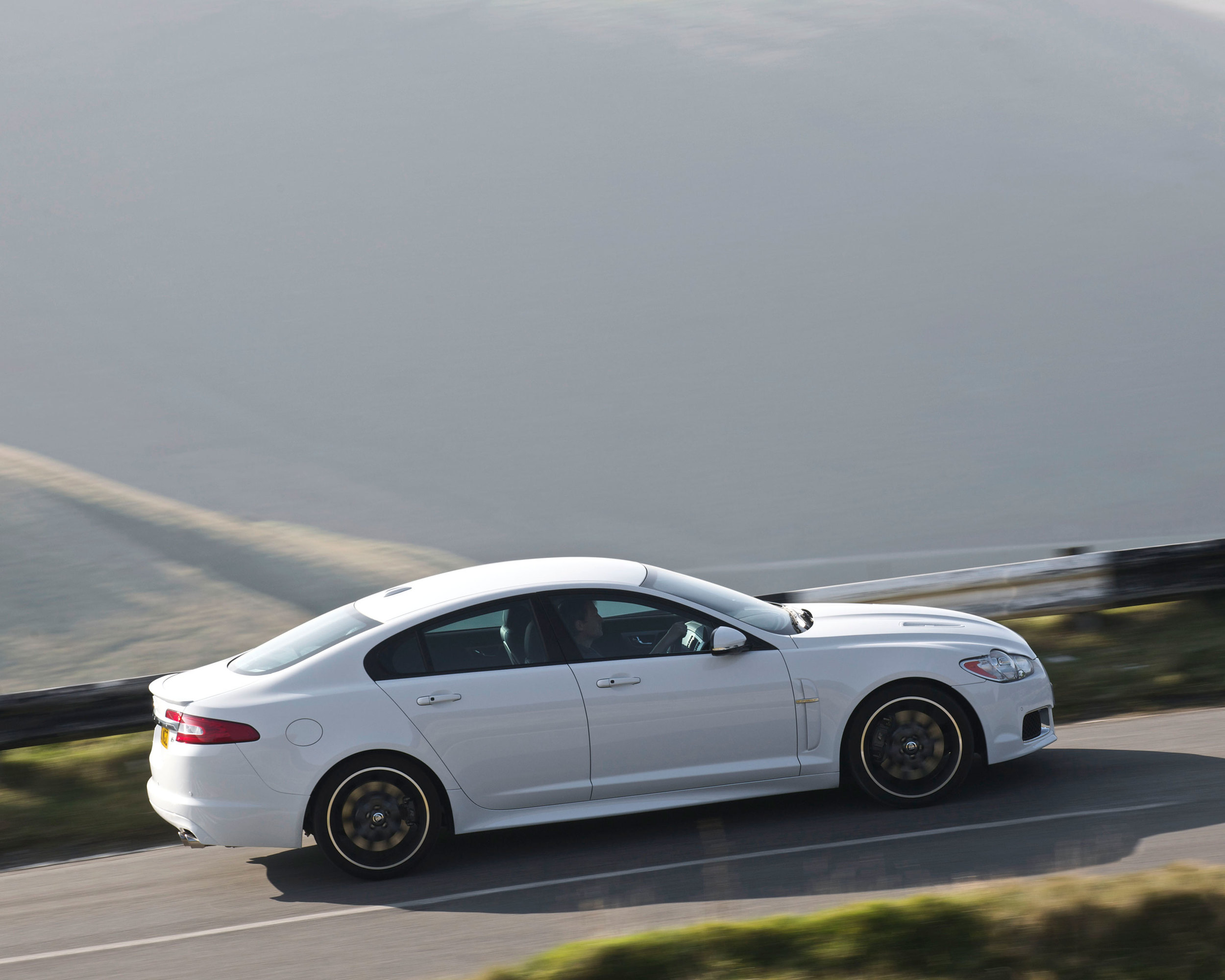
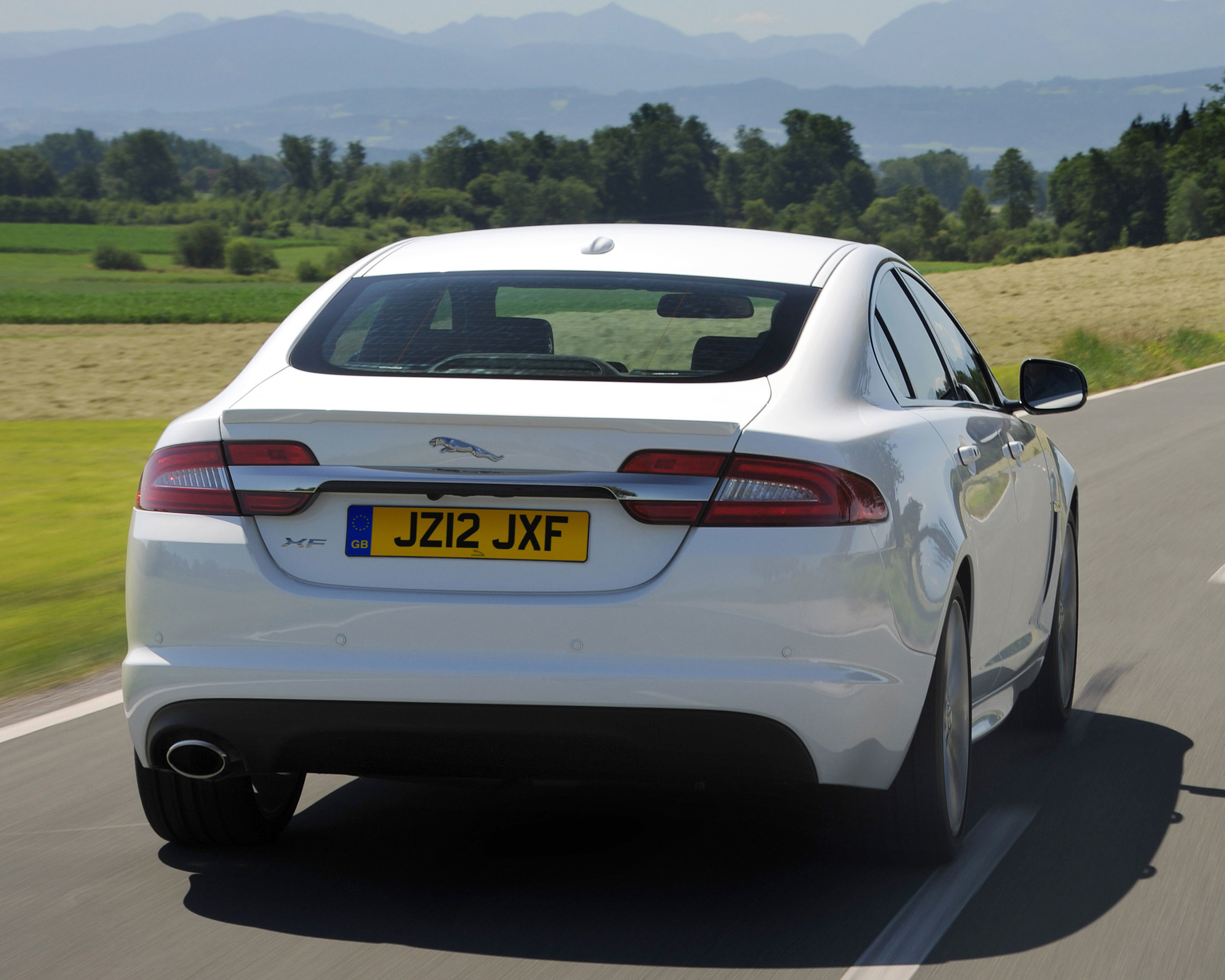
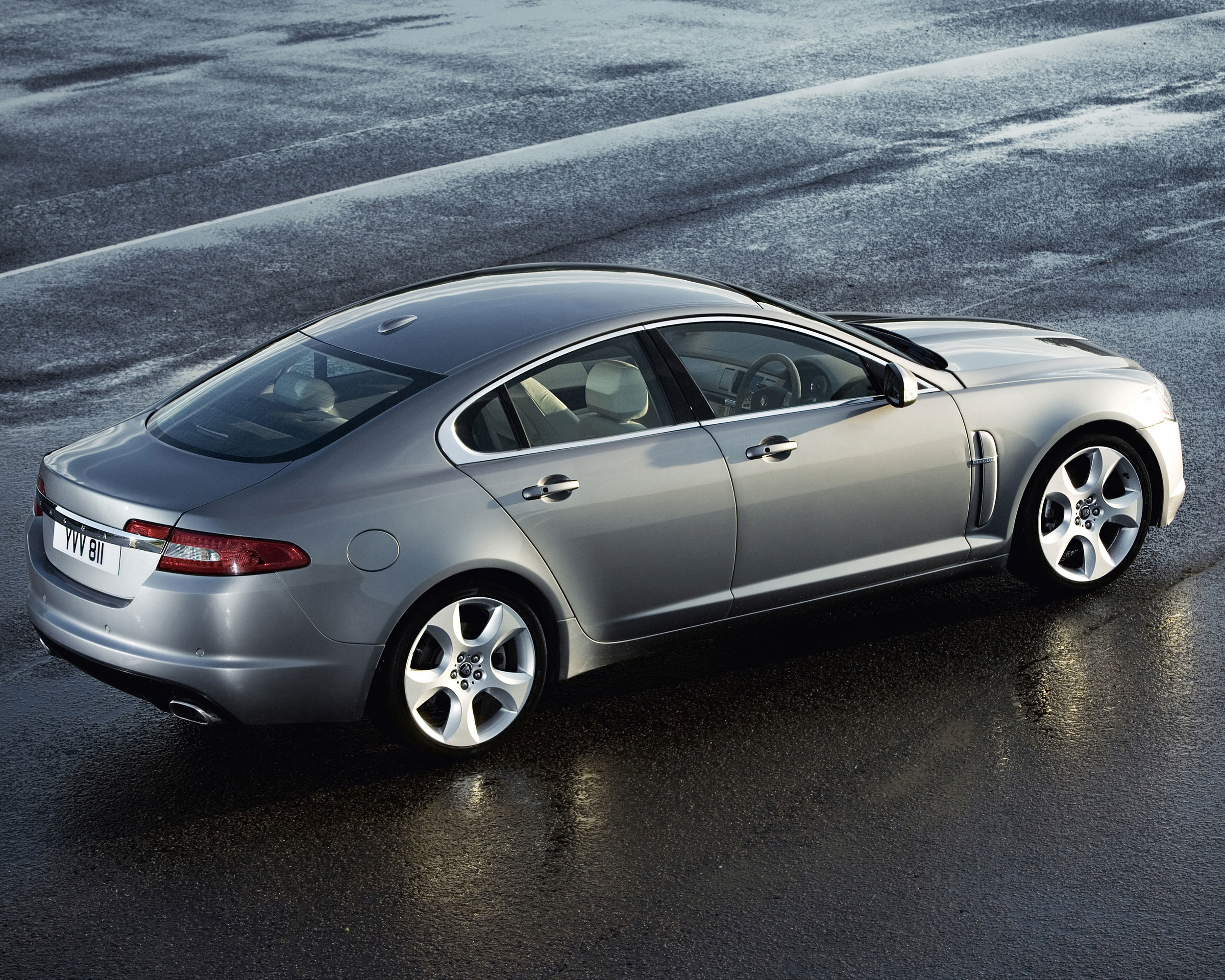
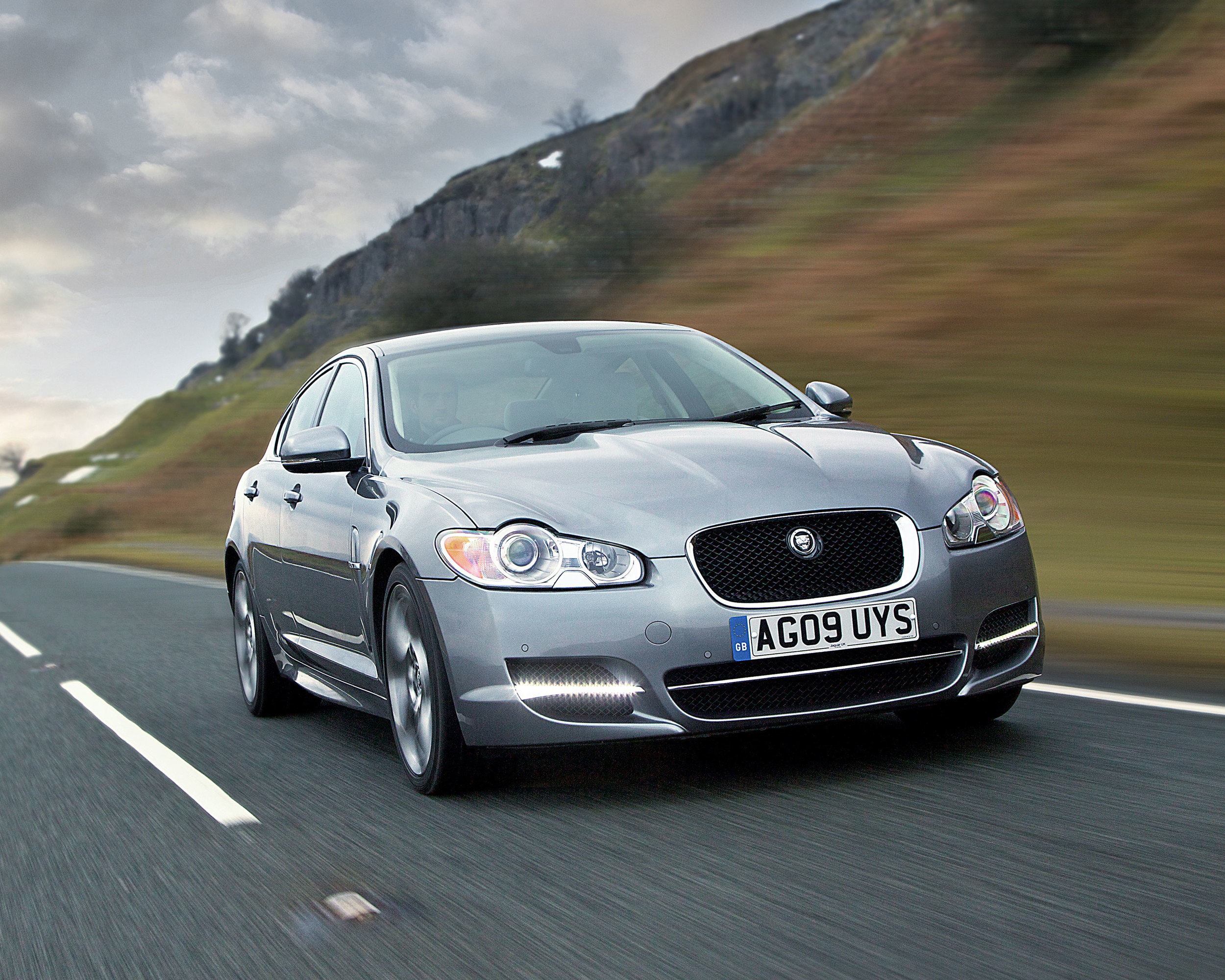
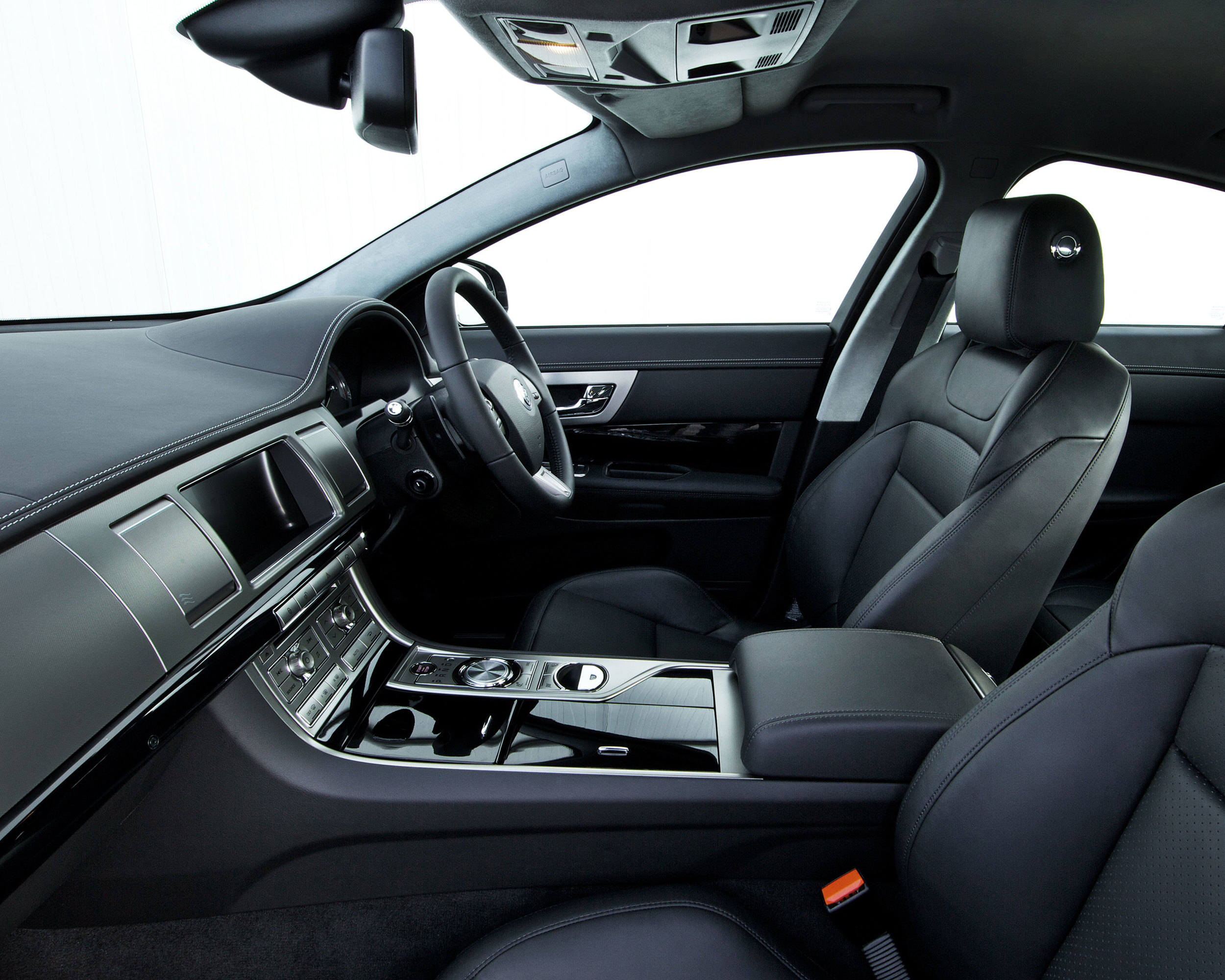
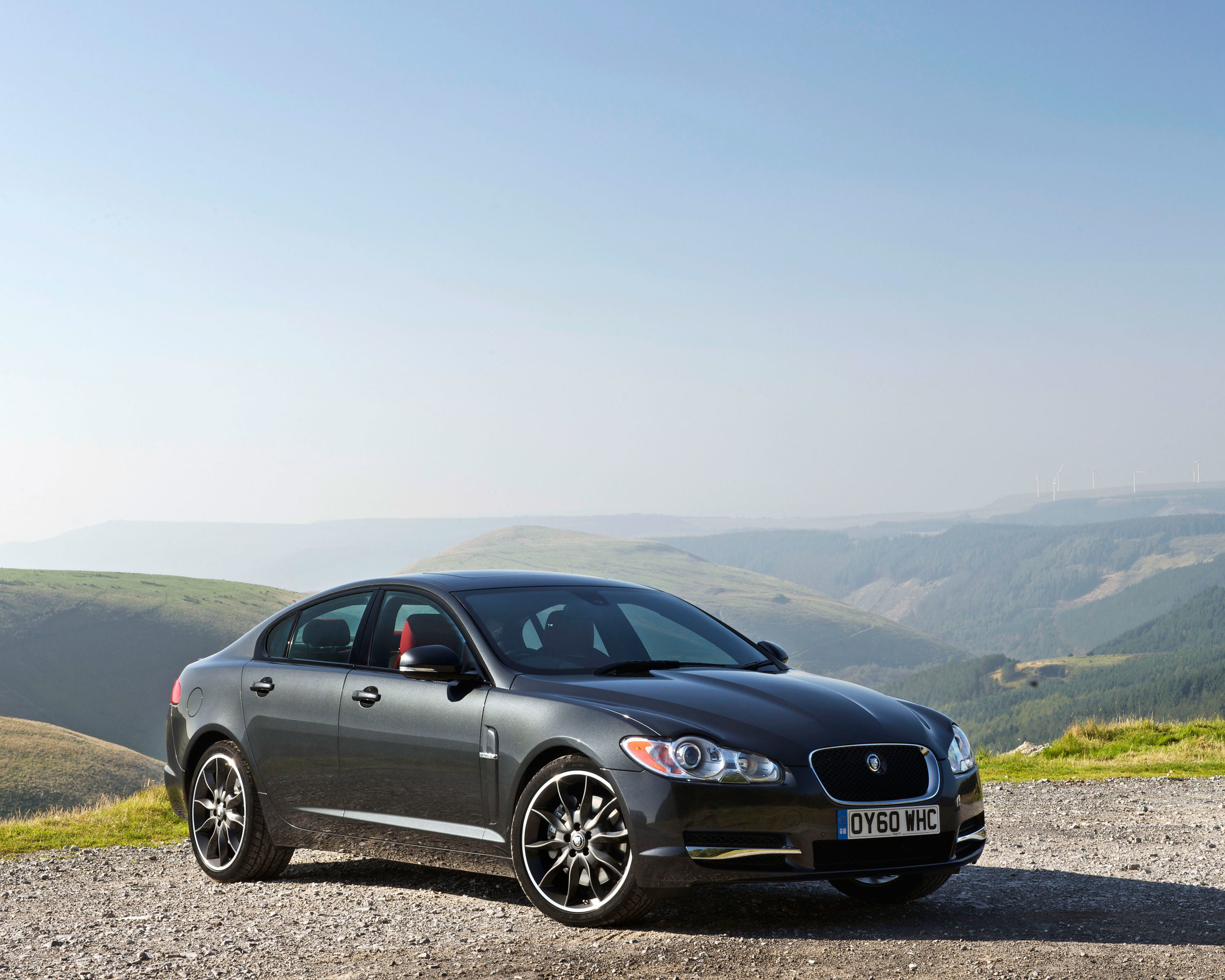
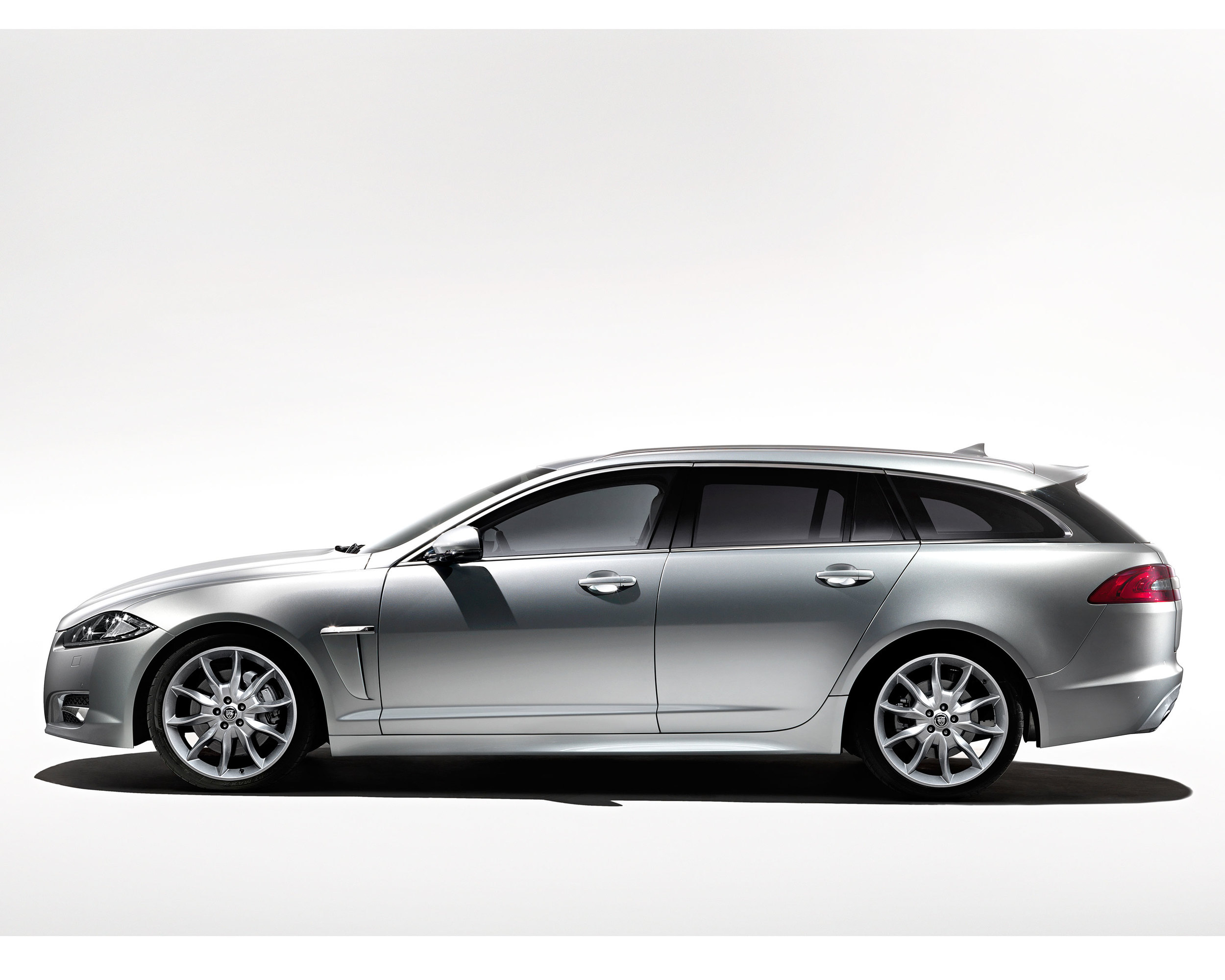
For years, Jaguar’s design was stuck in the 1960s, but the arrival of the XF heralded a new era for the British marque. Gone were the old-school design cues introduced in the 1960s, replaced by much more modern lines. But it wasn’t just the looks that changed; here was a car that was class-leading to drive and featured a superb interior, while the build quality was streets ahead of anything Jaguar had built before. The XF is still great to look at as well as to drive; if you’re after a great executive car, don’t assume you have to buy German.
Key dates
04/08: The XF saloon replaces Jaguar’s S-Type, with 3.0 V6 or 4.2 V8 petrol engines, or a 2.7 V6 diesel; the V8 also came in 410bhp supercharged SV8 form.
03/09: A refresh sees a 5.0-litre V8 replace the 4.2-litre unit, the SV8 becomes the XFR and the 2.7 V6 diesel is replaced by a 237bhp 3.0-litre unit.
03/10: A high-power (275bhp) 3.0-litre diesel engine arrives, in the XF S.
09/11: A hefty facelift brings a redesign, a four-cylinder 188bhp 2.2-litre diesel engine.
09/12: The XF Sportbrake estate is launched, along with a 161bhp version of the 2.2D engine. An eight-speed automatic gearbox is also now standard range-wide.
05/13: The 186mph XFR-S reaches showrooms.
Checklist
- Make sure that the fuel filler opens; it can jam shut, making refuelling tricky.
- Doors can stick but this is only likely if the ambient temperature is especially high or low.
- The tyre pressure monitoring system can fail, when the valve-mounted sensors corrode and stop working. You’ll need to check each wheel individually.
- Some early cars could suffer from a variety of electrical problems, but whatever the car’s age, check all of the equipment works as no car is immune.
- The rear brake pads tend to wear quickly, and if they’re not replaced in time it’ll lead to the discs being damaged.
- The particulate filter sensor can fail on the 3.0 TDV6, leading to the car resorting to limp-home mode. Only the sensor needs to be replaced though.
We like
- Looks good
- Great to drive
- Build quality
- Equipment levels
- Strong engines
We don’t like
- High running costs
- Dated interior
Richard Dredge


